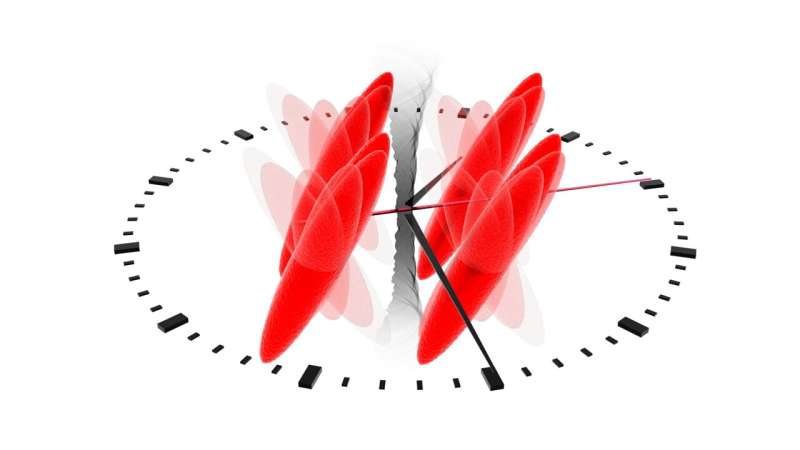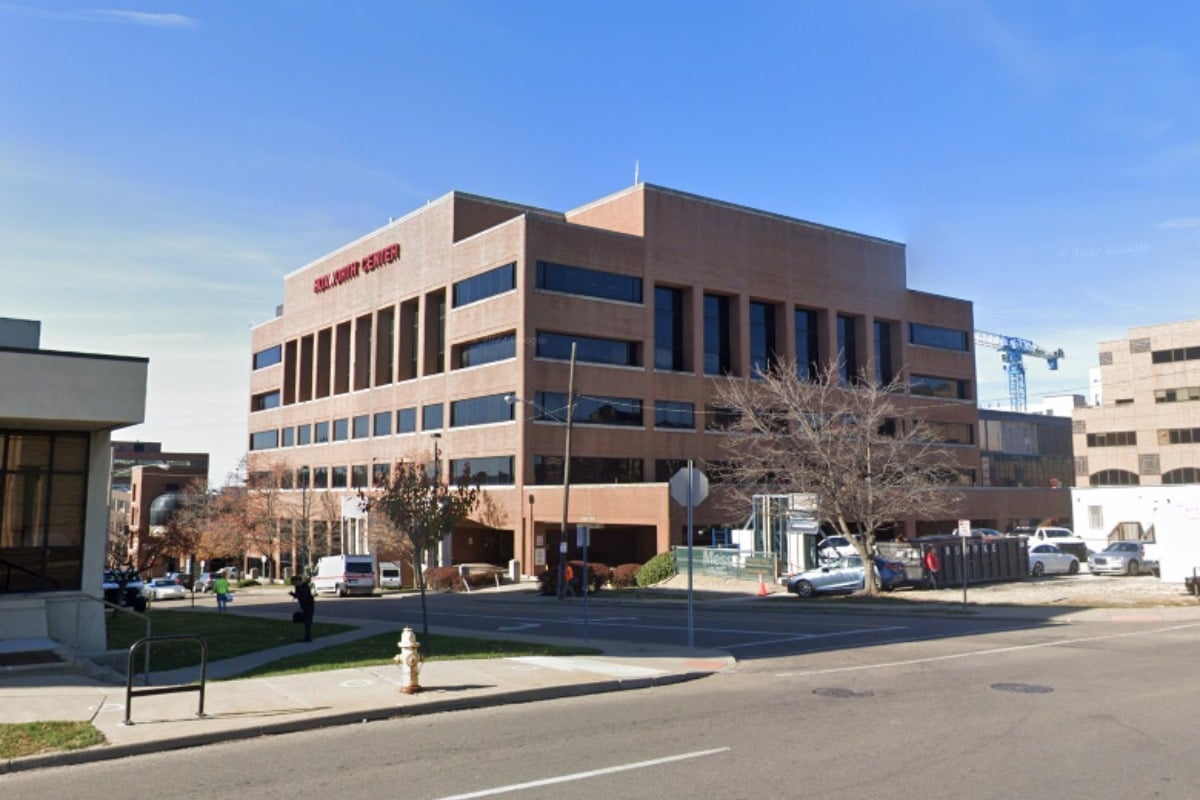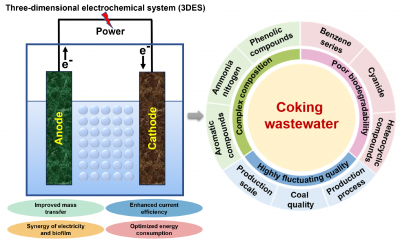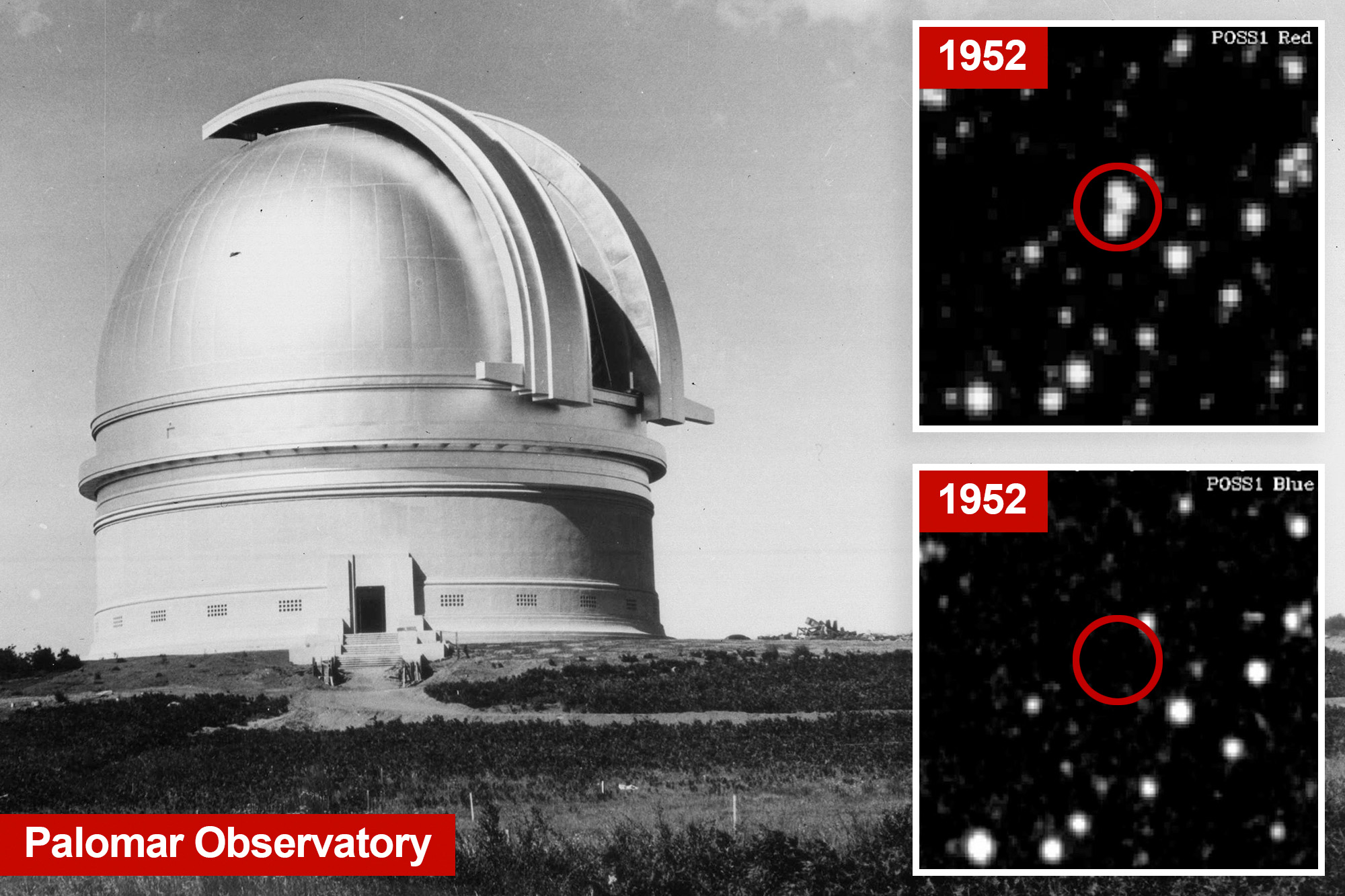A team of researchers led by Francesca Ferlaino from the University of Innsbruck has made significant strides in understanding the unique state of matter known as a supersolid. Their study, published in Nature Physics on October 23, 2025, reveals how the solid and superfluid properties of supersolids interact under rotation, offering fresh insights into quantum mechanics.
Supersolids present a paradoxical combination of characteristics: they are rigid like a crystal but can flow without friction, akin to a superfluid. In their experiments, the researchers rotated a supersolid quantum gas using a carefully controlled magnetic field, leading to unexpected results. “The quantum droplets of the supersolid are in a crystal-like periodic order, all dressed by a superfluid between them,” explained Francesca Ferlaino. The team observed that as the external magnetic field rotated, the droplets not only precessed but also revolved collectively, demonstrating synchronized movement.
The research team included theoretical modeling expert Elena Poli, who noted, “What surprised us was that the supersolid crystal didn’t just rotate chaotically. Once quantum vortices formed, the whole structure fell into rhythm with the external magnetic field—like nature finding its own beat.” Experimental researcher Andrea Litvinov expressed excitement at the correlation between their data and the theoretical predictions, saying, “There was a moment when the system just ‘snapped into rhythm.’”
Implications for Quantum Research
The concept of synchronization among different systems—evident in natural phenomena, such as fireflies flashing in unison—was successfully demonstrated in this exotic quantum matter. The findings not only enhance the understanding of supersolids but also offer a novel approach to probing quantum systems. By monitoring synchronization, the researchers were able to identify the critical frequency at which vortices emerge, an essential property of rotating quantum fluids that has been challenging to measure directly.
The team utilized advanced simulations combined with delicate experiments on ultracold atoms of dysprosium, cooled to just a billionth of a degree above absolute zero. By employing a technique known as “magnetostirring,” they could effectively rotate the supersolid and capture its evolution in great detail.
Broader Cosmic Connections
The implications of this research may extend beyond laboratory settings. The dynamics of vortices observed in supersolids could mirror similar behaviors in neutron stars, some of the densest objects in the universe. “Supersolids are a perfect playground to explore questions that are otherwise inaccessible,” Elena Poli stated, suggesting that the phenomena observed on a microscopic scale may have cosmic parallels.
Ferlaino emphasized the importance of collaboration in this research, noting, “This work was made possible by the close collaboration between theory and experiment—and the creativity of the young researchers on our team.” The study was conducted in partnership with the University of Trento‘s Pitaevskii BEC Center.
As the scientific community continues to explore the frontiers of quantum matter, the insights gained from this study pave the way for further investigations into the properties of supersolids, potentially unlocking new avenues in both fundamental physics and practical applications.







